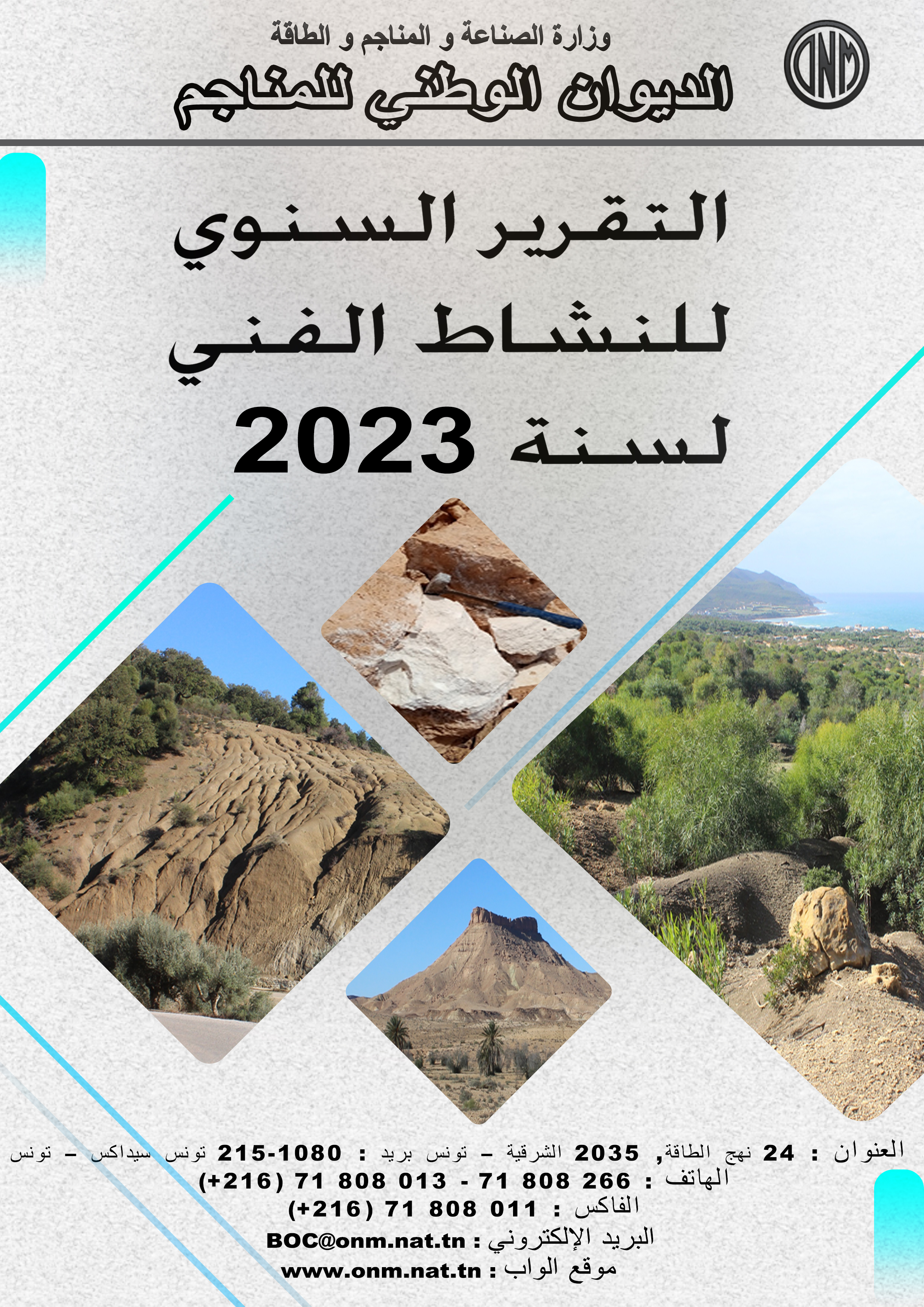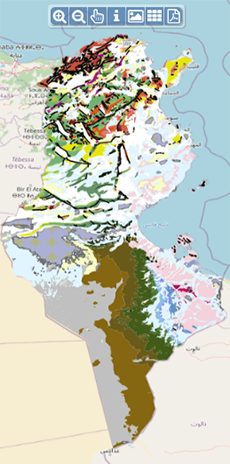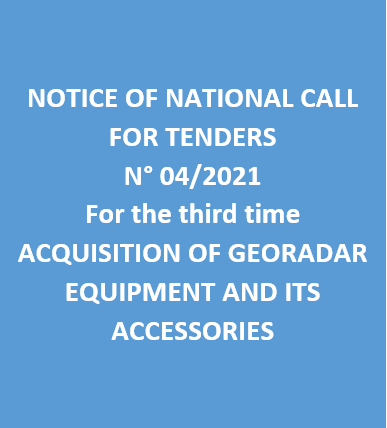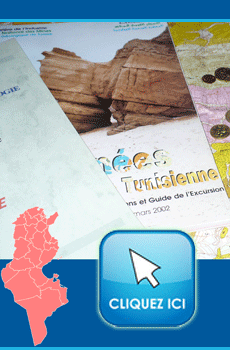| Annual program and technical progress report |
-

Technical Program 2025
-

Activity Report 2023
|
| Geocatalogue |

|
| Invitation to
tender |
-

REALIZATION OF THE TRAINING PLAN FOR THE YEAR 2022
-

ACQUISITION OF TWO SERVICE CARS
-

ACQUISITION OF GEORADAR EQUIPMENT AND ITS ACCESSORIES
|
|
Invest in Tunisia |

|
|
|
|
|
::
Documentation and Editions
>>
Research library
|
| |
|
[
Search by author
]
[
Search keyword
]
[
Search by index
]
[
Search by category
]
|
title of the reference :
|
Upper permian segmented sponges from jebel Tebaga, Tunisia.
|
|
Publication Date:
|
1988
|
|
Author :
|
Rigby J.K.
|
|
Catalogue type :
|
Livre
|
|
Catalogue reference :
|
N°19 (DEU) Facies N°19 Upper permian segmented sponges from jebel Tebaga, Tunisia. Eponges segmentées du permien supérieur du jebel Tebaga, Tunisie. " Upper Permian (late Murgabian and early Pamrian)reefs and interbedded terrigeneous rocks exposed in jebel Tebaga (southern Tunisia), represent the only marine deposits in the whole of the african continent. These carbonates contain one of the best preserved and most divers sponges assemblages of permian age. These fossiliferous deposits contain a rich faun and flora. The sponge fauna of reef carbonates of jebel Tebaga include representatives of demospongea, ""Sclespongia"", and Inozoa, as well as Thalamid sponge (""Sphinctozoans""). The following taxa are described as new : Amblisyphonella obliqua n. sp., Amblysiphonella ramosa n. sp., Amblisyphonella ? bullifera n. sp., Colospongia cortexifera n. sp., Platithalamiella newelli n. g., n. sp.: Tristratocoelia rhythmica n. g. n. sp., Pseudoamblisyphonella polysiphonata n. g., n. sp., Solenolmia permica n. sp., Enoplocoellia interchora n. sp., Sollasia ? amaurosa n. sp. and Amphorothalamia cateniformis n. gen., n. sp. A representative of the thalamid demospondes with monoaxial spicules and with a new type of filling issue is described as Pisothalamia spiculata n. g., n. sp. (family Pisothalamia n. fam.). This sponge differs from other demosponges by having well developped outer and inner segmentation , by a new type of pisoid-like filling tissue and by other features. The new order Pisothalamia is proposed for this group of demosponges. Pisothalamia represents the first ""sphinctozoan"" sponge with spicules, known from the Permian. The described fauna shows affinities on generic and specific levels to the sponge fauna known from the somewhat older allochtonous reef limestones of Sosio valley in Sicily. Observations on some specimens of thalamid sponges indicate that living sponges occupied more than the upper-most chambers in at least some species."
bibliogr. faune spongiaire ; Permien supérieur ; eponge ; Tunisie ; Tunisie Sud Orientale ; Medenine ; J. Tebaga Rigby J.K. paleontologie
|
|
Indexation decimale :
|
paleontologie
|
|
Keywords :
|
faune spongiaire ; Permien supérieur ; eponge ; Tunisie ; Tunisie Sud Orientale ; Medenine ; J. Tebaga
|
|
Summary :
|
" Upper Permian (late Murgabian and early Pamrian)reefs and interbedded terrigeneous rocks exposed in jebel Tebaga (southern Tunisia), represent the only marine deposits in the whole of the african continent. These carbonates contain one of the best preserved and most divers sponges assemblages of permian age. These fossiliferous deposits contain a rich faun and flora. The sponge fauna of reef carbonates of jebel Tebaga include representatives of demospongea, ""Sclespongia"", and Inozoa, as well as Thalamid sponge (""Sphinctozoans""). The following taxa are described as new : Amblisyphonella obliqua n. sp., Amblysiphonella ramosa n. sp., Amblisyphonella ? bullifera n. sp., Colospongia cortexifera n. sp., Platithalamiella newelli n. g., n. sp.: Tristratocoelia rhythmica n. g. n. sp., Pseudoamblisyphonella polysiphonata n. g., n. sp., Solenolmia permica n. sp., Enoplocoellia interchora n. sp., Sollasia ? amaurosa n. sp. and Amphorothalamia cateniformis n. gen., n. sp. A representative of the thalamid demospondes with monoaxial spicules and with a new type of filling issue is described as Pisothalamia spiculata n. g., n. sp. (family Pisothalamia n. fam.). This sponge differs from other demosponges by having well developped outer and inner segmentation , by a new type of pisoid-like filling tissue and by other features. The new order Pisothalamia is proposed for this group of demosponges. Pisothalamia represents the first ""sphinctozoan"" sponge with spicules, known from the Permian. The described fauna shows affinities on generic and specific levels to the sponge fauna known from the somewhat older allochtonous reef limestones of Sosio valley in Sicily. Observations on some specimens of thalamid sponges indicate that living sponges occupied more than the upper-most chambers in at least some species."
|
|
Exemplaries :
|
TU35
|
|
|
|
|
|
|
|



